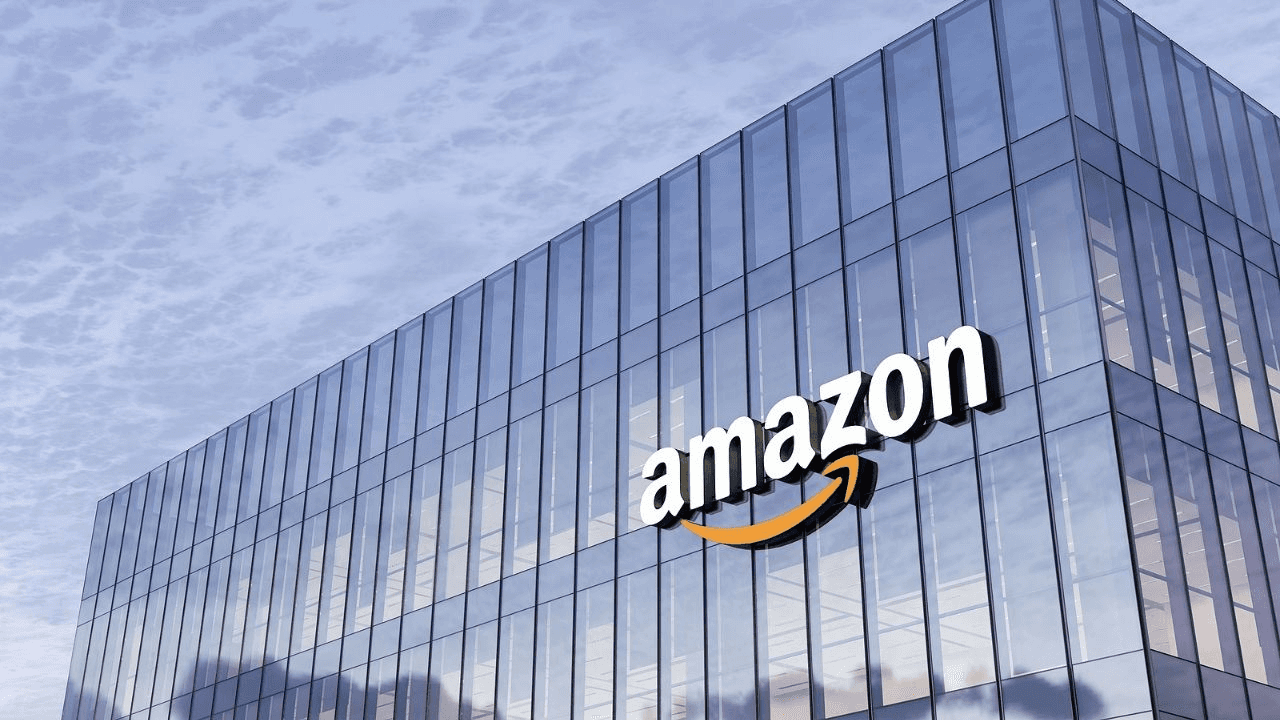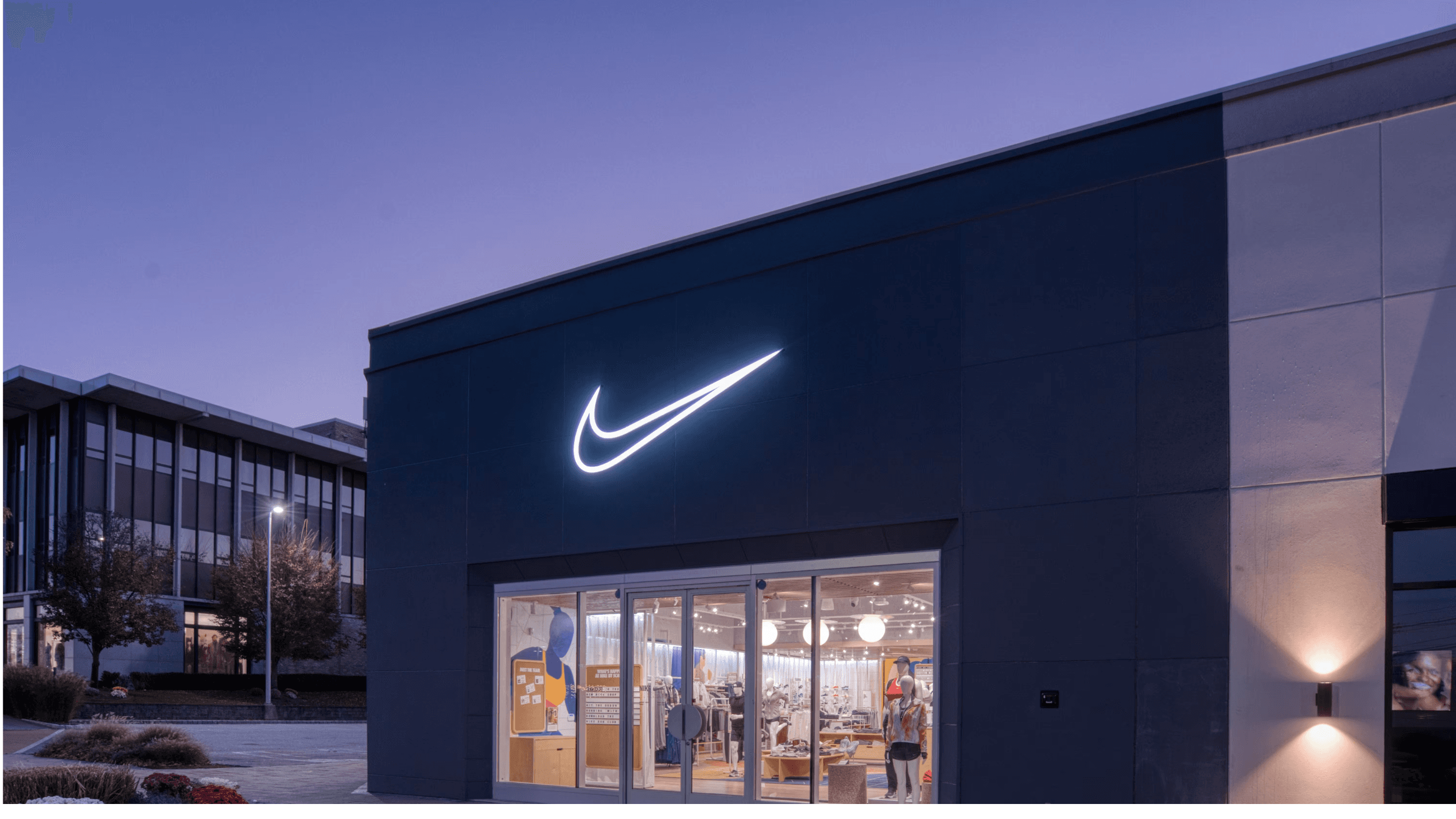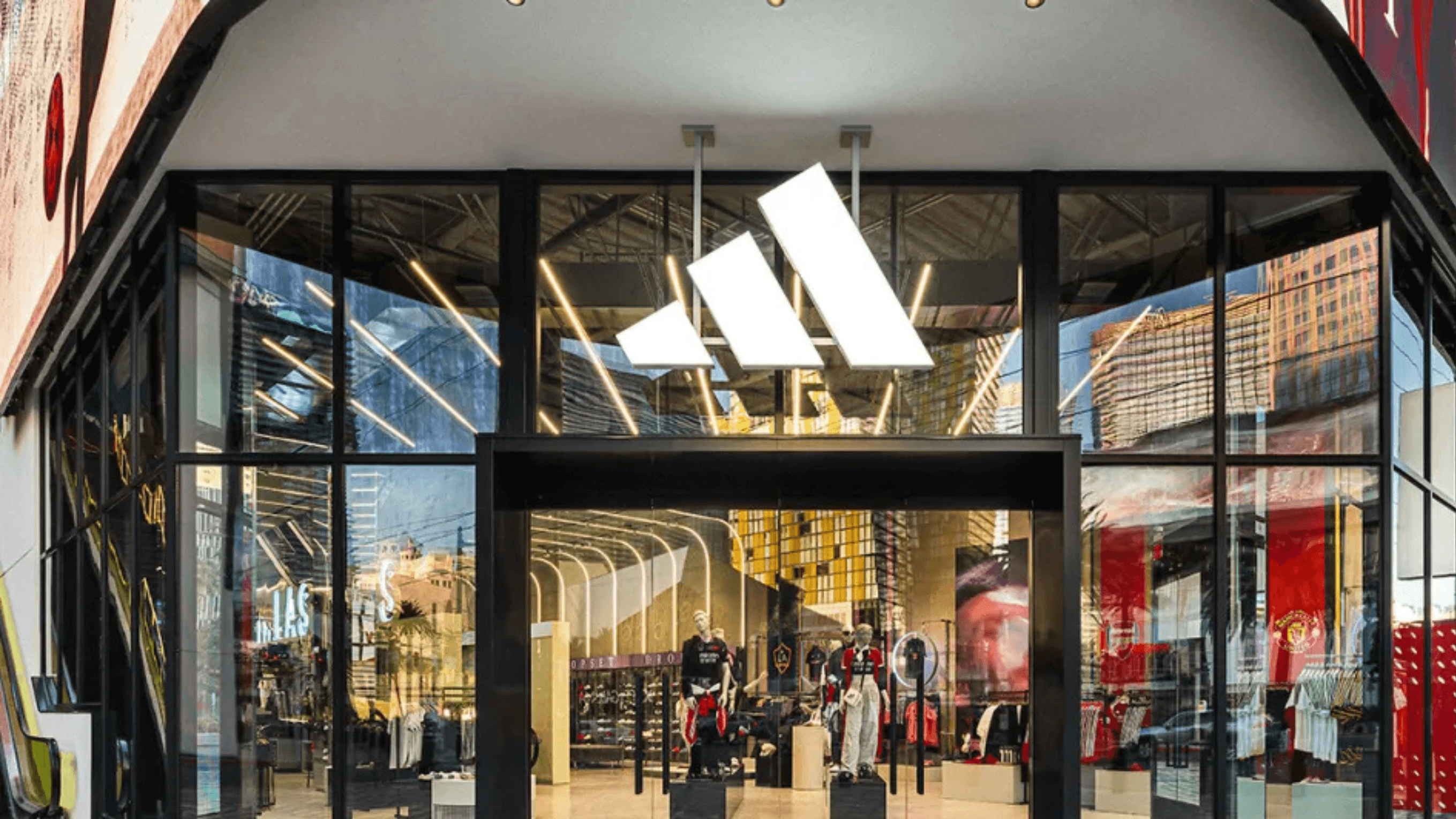October 24, 2025
– 8 minute read
Discover the different types of loyalty schemes, best practices, and common mistakes to build customer loyalty, boost engagement, and drive repeat purchases.

Cormac O’Sullivan
Author
Retaining customers has become as crucial as acquiring new ones. Loyalty schemes have emerged as a strategic tool to increase customer engagement, encourage repeat purchases, and strengthen brand affinity. These programs reward customers for their continued support, but not all loyalty schemes are equally effective.
Some programs can drive deep loyalty, while others fail to create meaningful engagement or even frustrate participants. Understanding the types, best practices, and potential pitfalls of loyalty schemes is essential for any brand serious about building a loyal customer base.

What Are Loyalty Schemes?
Loyalty schemes are structured programs that reward repeat customer behavior, fostering long-term engagement. They can include point-based rewards, exclusive perks, or early access to products. While they boost retention and encourage customers to earn, poorly designed schemes may feel transactional or irrelevant, reducing their effectiveness.
Types of Loyalty Schemes
Loyalty schemes take many forms, each aiming to engage customers, strengthen brand loyalty, and drive repeat business. Selecting the right approach depends on your customer base, industry, and overall strategy. Understanding the benefits, limitations, and real-world applications of each type helps brands create programs that are effective, meaningful, and sustainable.
Point-Based Programs
Point-based loyalty programs are the most familiar to consumers. Customers earn points for purchases or interactions, which they can redeem for rewards such as discounts, free products, or exclusive offers.
Programs like Starbucks Rewards allow customers to collect stars that can be exchanged for free drinks or food, encouraging regular visits. While these programs are simple and effective at motivating repeat purchases, they can become less engaging if rewards feel distant or meaningless. Over-reliance on points may also make the program seem transactional rather than building genuine loyalty.
Tiered Loyalty Programs
Tiered programs create levels of membership that reward customers as they spend more or engage more frequently. Brands like Sephora Beauty Insider and Hilton Honors give customers perks ranging from birthday gifts to room upgrades or early access to exclusive products.
The tiered structure builds aspiration and encourages customers to strive for higher rewards, strengthening emotional attachment to the brand. However, tiered programs can risk alienating casual shoppers, who may feel undervalued if they remain in lower tiers, highlighting the need for balance between exclusivity and inclusivity.
Paid Loyalty Programs
Some programs require customers to pay a subscription fee for access to premium benefits. Amazon Prime and Costco Memberships exemplify this approach, offering perks such as free shipping, streaming, wholesale pricing, and exclusive products.
Paid programs attract committed customers and generate upfront revenue, but they also set high expectations for value. If the benefits are unclear or inconsistent, members may feel disappointed, undermining retention and damaging brand perception.
Coalition Loyalty Programs
Coalition programs allow customers to earn and redeem points across multiple brands. By pooling rewards from different partners, these programs can broaden appeal and encourage engagement across industries.
Air Miles demonstrates this model, where points earned in one store can be redeemed at others, giving customers flexibility and choice. However, coalition programs can complicate the brand experience. Complex point structures or a diluted brand identity may confuse participants, reducing the perceived value of rewards.
Gamified Programs
Gamified loyalty programs introduce game-like mechanics such as challenges, streaks, and badges to incentivize engagement. Apps like Duolingo reward daily learning with streaks, while Nike Run Club offers badges for running milestones.
By making the loyalty experience interactive and enjoyable, gamification encourages long-term participation and emotional connection. Yet, these programs must be carefully designed. Poor implementation can feel gimmicky, and not all audiences respond to gaming elements, particularly if the rewards lack tangible value.
Product-Based Loyalty Programs
Product-based programs reward repeat purchases of specific items or offer exclusive access to new releases. Brands like Nike Select Shoe Offers and Adidas provide early access, special editions, or targeted discounts on particular types of shoes to loyal customers. For example, members may receive perks only on running shoes or limited-edition sneakers, which encourages repeat purchases of those specific products.
On the other hand, product-focused programs may not appeal to all customers, particularly if they are uninterested in the promoted product categories or prefer broader flexibility in rewards. Brands must carefully balance exclusivity with inclusivity to ensure the program motivates the widest relevant customer base while maintaining excitement and engagement.
Examples of Loyalty Schemes by Type
Examining real-world examples illustrates how loyalty schemes succeed, where they struggle, and what makes them meaningful for customers. Brands across industries employ different structures to enhance the customer experience, foster engagement, and encourage repeat purchases. Understanding their approaches provides actionable lessons for designing your own program.
Points-Based Programs

Starbucks Rewards
Starbucks Rewards allows customers to earn points, or “stars,” for each purchase, redeemable for free drinks, food, or merchandise. The program leverages its mobile app to deliver personalized offers, track progress, and send reminders, making the customer journey seamless. Its simplicity and consistency encourage habitual engagement, while the ability to redeem points in small increments ensures tangible rewards.
However, points-based programs like Starbucks can risk feeling transactional if customers focus only on free items rather than brand connection. The key lesson here is to combine points with experiences, personalization, or surprise rewards to create a deeper emotional bond.

Tesco Clubcard
The Tesco Clubcard enables shoppers to accumulate points redeemable for vouchers or discounts at Tesco and partner brands. Tesco’s program is highly data-driven, allowing personalized offers based on shopping habits, increasing customers’ perceived value. For example, frequent grocery buyers might receive vouchers for products they regularly purchase, which incentivizes repeat shopping.
Despite its effectiveness, some customers may find points slow to accumulate, potentially diminishing motivation. This highlights the need for a balance between attainable rewards and aspirational incentives. Programs like Tesco demonstrate the power of integrating loyalty with actionable customer insights.
Tiered Loyalty Programs

Sephora Beauty Insider
Sephora Beauty Insider uses a tiered model to drive engagement. Customers progress through levels from Insider to VIB to Rouge, unlocking increasingly valuable benefits such as birthday gifts, early access, exclusive products, and invitations to private events. This structure taps into aspirational psychology, encouraging customers to spend more and deepen brand attachment.
The tiered approach also allows Sephora to segment its customer base, providing tailored communication for different levels. However, brands must ensure lower-tier members still feel appreciated. Exclusivity drives engagement but can alienate less active participants if perceived as unattainable.
Hilton Honors
Hilton Honors rewards frequent travelers with tiered benefits, including room upgrades, late checkouts, and bonus points. The program’s design aligns with customer motivations, focusing on convenience, comfort, and recognition, key drivers for loyalty in the hospitality sector.
Communication is critical; members must clearly understand their tier benefits to feel valued. Lower-tier members require enough incentives to remain engaged without devaluing the program’s aspirational tiers.
Coalition Programs
Air Miles
Air Miles allows consumers to collect points from multiple retailers, travel partners, and service providers, redeemable for flights, shopping, or experiences. The appeal lies in flexibility; customers can combine spending across brands while enjoying tangible rewards. Coalition programs also introduce participants to new brands, broadening engagement.
However, complexity can hinder effectiveness. Points systems can be confusing, and brand-specific value may diminish in a multi-brand network. Programs like Air Miles highlight the trade-off between broad appeal and maintaining individual brand identity.
Plenti
The Plenti program attempted to unite multiple US brands under a single loyalty ecosystem. While conceptually appealing, Plenti struggled to maintain engagement because the points system was complex, and rewards felt less relevant to users. Its failure to highlight the importance of clarity, simplicity, and perceived value in coalition programs, as well as the need for strong communication and consistent incentives.
This example also highlights that even innovative programs can fail if they do not resonate with customer needs. Brands must continuously test and refine loyalty strategies to ensure they remain meaningful and engaging.
Gamified Programs
Duolingo
Duolingo has transformed language learning into a gamified loyalty experience. Users earn points for completing lessons, maintaining streaks, and unlocking badges, which encourage consistent engagement. This gamified approach motivates learners by tapping into intrinsic rewards, such as achievement and competition, rather than transactional incentives. By keeping lessons short, interactive, and visually engaging, Duolingo maintains high participation levels.
However, gamification can backfire if users perceive rewards as superficial. Some learners may disengage if badges feel meaningless or progress is too slow. Brands designing gamified programs must ensure that rewards are tangible, meaningful, and aligned with customer motivations. Duolingo’s success demonstrates that thoughtful game mechanics can enhance the customer experience beyond traditional points or discounts.
Nike Run Club
Nike Run Club leverages gamification to engage customers through running challenges, achievements, and community features. Users earn badges, track progress, and share results, creating both social motivation and a sense of accomplishment. The program reinforces brand loyalty by connecting customers with Nike products and experiences, making the rewards feel integrated with their lifestyle.
While highly engaging, gamified programs must avoid feeling gimmicky. Nike Run Club works because it aligns rewards with user behavior. Running itself is the “rewardable” activity. Brands experimenting with gamification should focus on relevance and emotional connection, not just superficial incentives.
Paid Loyalty Programs

Amazon Prime
Amazon Prime is a paid membership program offering benefits like free shipping, streaming, early access to deals, and exclusive products. The subscription model creates a committed customer base, encouraging repeat purchases and increasing lifetime value. Prime’s success lies in the perceived value; members feel the cost is justified by the convenience, variety, and exclusivity offered.
Yet, paid programs carry inherent risks. Customers expect consistent value and may churn if benefits do not meet expectations. Amazon continually adds features and exclusive perks to maintain engagement, demonstrating that paid programs require constant innovation and communication to sustain loyalty.
Costco Membership
Costco Memberships offer another example of paid loyalty. Members pay an annual fee for access to wholesale pricing, bulk products, and exclusive items. This model fosters high commitment and frequent purchases, strengthening brand loyalty. Costco also benefits from the upfront revenue generated by membership fees, which can be reinvested to enhance the customer experience.
The downside is that a fee can be a barrier to entry. Brands must clearly communicate the benefits and ensure members perceive tangible value to prevent dissatisfaction or churn. Costco excels by pairing pricing advantages with product quality, making the membership feel worthwhile.
Product-Based Loyalty Programs

Nike Select Shoe Offers
Nike Select Shoe Offers reward loyal customers with early access to limited-edition products. This program taps into exclusivity and status, making participants feel privileged while reinforcing engagement with the brand. By tying rewards to specific products, Nike encourages repeat purchases and strengthens emotional attachment to the brand.
However, product-focused programs may alienate customers who are uninterested in the specific items offered. Limited availability can create excitement, but brands must ensure inclusivity for a broader customer base to avoid frustration.

Adidas
Adidas employs a similar product-based loyalty approach, offering exclusive drops and early access for program members. By combining anticipation with exclusivity, Adidas enhances the customer experience and fosters deeper engagement. The program also encourages customers to earn rewards and participate more frequently, turning purchases into a more interactive experience.
The challenge lies in maintaining excitement without making the program feel restrictive or inaccessible. Balancing exclusivity with broad appeal is key to sustaining long-term loyalty. This approach helps Adidas turn casual buyers into highly engaged, repeat customers who feel a personal connection to the brand.
How to Design an Effective Loyalty Scheme
Designing an effective loyalty scheme goes beyond offering discounts or points. To truly engage customers, programs must align with their motivations, provide clear rewards, and integrate seamlessly into the overall customer experience. Brands that approach design strategically are more likely to create successful loyalty programs that retain and grow their customer base.
Understand Customer Motivations
The first step is understanding what drives your customers. Not all shoppers respond to the same incentives. Some value exclusive products, others are motivated by free shipping, or points they can accumulate for rewards.
Conducting surveys, analyzing purchasing data, and observing behavior can reveal patterns that inform reward structures. Understanding motivations also helps brands determine whether a point-based loyalty program, tiered system, or product-based program is most appropriate for their audience.
Set Clear and Achievable Rewards
Customers are quick to disengage if a program feels overly complicated or if rewards are unattainable. Clear, achievable rewards maintain motivation and satisfaction. For example, Starbucks Rewards allows customers to redeem stars in small increments, ensuring a sense of accomplishment and immediate gratification.
Similarly, tiered programs like Sephora Beauty Insider motivate customers by providing progressively better rewards at each level, creating a sense of progression and aspiration. Simplicity in reward structure also reduces confusion and increases participation.
Personalize Using Technology
Technology enables brands to deliver personalized experiences, which are essential for modern loyalty programs. Leveraging customer data allows programs to recommend products, offer tailored promotions, or highlight relevant rewards.
For instance, AI-driven personalization can suggest rewards based on past purchases or engagement patterns, turning generic incentives into meaningful, motivating experiences. Integrating apps, email marketing, and digital dashboards ensures that customers can track progress and engage with the program seamlessly.
Integrate the Program with Marketing Campaigns
A loyalty scheme should never operate in isolation. Integrating it with broader marketing campaigns amplifies its impact. Communicating the benefits of the program through email, social media, or in-store signage ensures visibility and encourages engaging customers.
Coordinated campaigns also provide opportunities to highlight milestones, limited-time offers, or exclusive membership program perks, reinforcing the value of participation. With Leat’s email marketing tool, brands can automate emails for birthdays, milestones, and other achievements, ensuring customers feel recognized and engaged consistently. When loyalty programs complement marketing, they strengthen both engagement and brand perception.
Monitor and Optimize Program Performance
Even well-designed programs require continuous monitoring and optimization. Tracking metrics such as redemption rates, enrollment, engagement, and churn provides insights into what works and what doesn’t.With Leat’s analytics feature, brands can track a wide range of insights from their loyalty program, helping identify trends, opportunities, and areas for improvement. Regularly refining reward structures, communication strategies, and personalization ensures that the program remains relevant and motivating.
Brands that neglect optimization risk declining participation, wasted resources, and disengaged customers. Continuous improvement is essential to sustain long-term loyalty and maximize return on investment.
5 Common Mistakes to Avoid in Loyalty Programs
Even the most well-intentioned loyalty schemes can fail if certain pitfalls are overlooked. Avoiding these common mistakes ensures that your program engages customers effectively, encourages repeat purchases, and strengthens your customer base.
Overcomplicating the Program
Complexity is one of the biggest barriers to participation. Programs that are difficult to understand or have convoluted rules frustrate customers and reduce engagement. For instance, multi-tiered points systems without clear instructions can confuse participants, making them less likely to earn points or redeem rewards.
Successful programs, such as Starbucks Rewards, keep structures simple and intuitive, allowing customers to track progress and redeem rewards easily. Simplicity encourages consistent engagement while still providing meaningful incentives.
Offering Rewards That Don’t Motivate Customers
Not all rewards appeal to every customer. A loyalty program may offer perks that seem attractive to the brand but fail to align with customer desires. For example, some shoppers may prefer free shipping, early access, or exclusive products rather than generic discounts. Misaligned rewards risk disengaging your customer base and reducing perceived value.
Brands must analyze customer behavior and feedback to ensure that rewards resonate, are achievable, and truly motivate participation. Personalization can make even small incentives feel highly valuable.
Neglecting Data Privacy and Transparency
Modern loyalty programs often rely on customer data for personalization, targeting, and analytics. However, failing to communicate how this data is collected and used can erode trust. Customers are increasingly aware of privacy issues and may avoid programs they perceive as intrusive.
Transparent data practices, clear consent, and secure handling of personal information are critical to maintaining confidence. Brands that neglect these elements risk reputational damage and lower participation rates.
Ignoring Program Promotion and Communication
Even the best-designed customer loyalty program fails if customers are unaware of it or do not understand its benefits. Regular communication through email, apps, or social media is essential to keep participants informed about tiered loyalty programs, point accrual, and upcoming rewards.
Highlighting achievements, milestones, or exclusive perks encourages continued engagement. Programs that fail to communicate effectively often see low participation and poor redemption rates, undermining their impact on customer retention.
Failing to Track and Optimize Performance
A loyalty program is not static; it requires continuous monitoring and refinement. Metrics such as enrollment, redemption rates, customer churn, and engagement provide insights into program effectiveness.
Ignoring these signals can result in declining interest and wasted resources. Successful programs, like Tesco Clubcard, continuously analyze data to optimize rewards, communication, and targeting. Regular evaluation ensures the program remains relevant, competitive, and aligned with evolving customer expectations.
Conclusion
Designing and implementing effective loyalty schemes requires more than offering points or discounts. Brands must understand customer motivations, provide clear and achievable rewards, and personalize experiences using technology. Integration with marketing campaigns and continuous monitoring ensures relevance and engagement over time.
Avoiding common pitfalls overcomplication, irrelevant rewards, poor communication, and neglecting data privacy, can make the difference between a thriving program and a disengaged customer base. When executed thoughtfully, loyalty schemes strengthen relationships, drive repeat purchases, and foster long-term advocacy, transforming casual shoppers into committed brand ambassadors who actively engage and champion your business.



